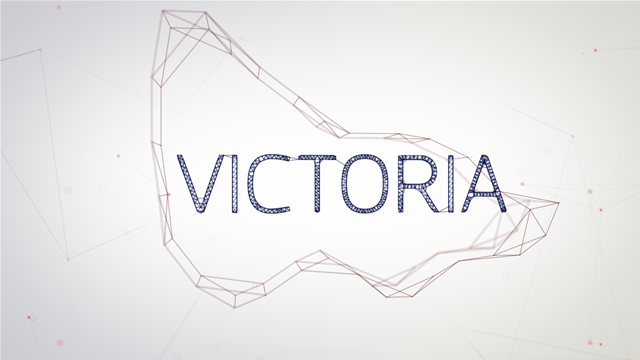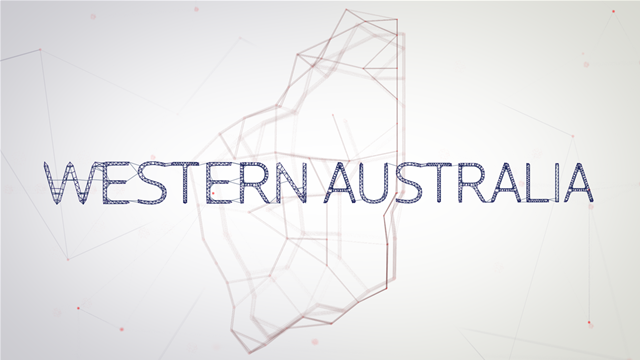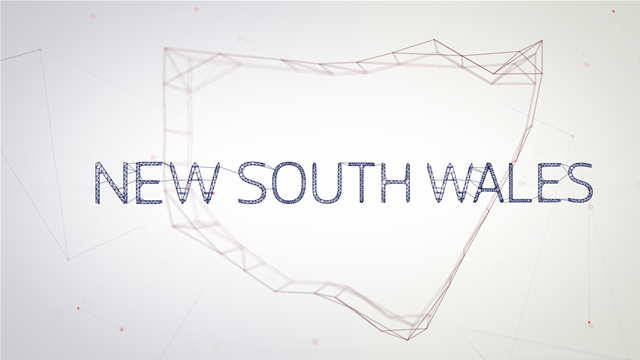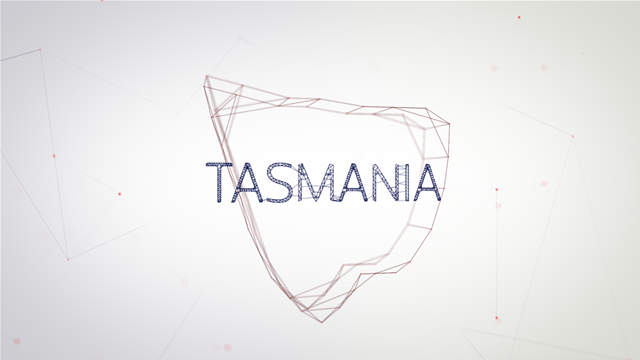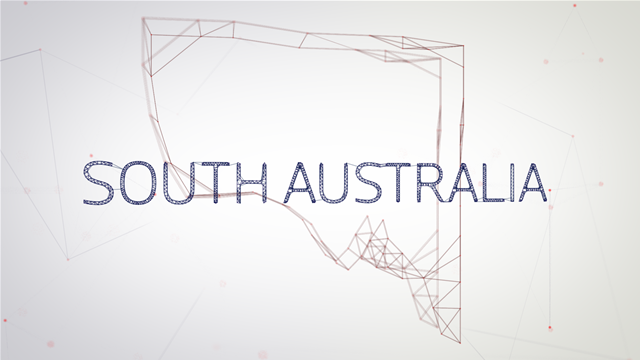

In last year’s State of IT, Western Australia was regarded as having turned a corner on digital, on the back of tens of millions of dollars in budget funding to support its cyber security efforts and bolster its digital strategy. The following year has more than shown that to be the case: in fact, it is hard to represent everything that has happened in the space of a year.

The action started in December last year, when the Innovation and ICT minister Stephen Dawson was named Innovation and Digital Economy minister under a cabinet reshuffle, a portfolio he would continue to hold even as the state Premier changed mid-year.
In December 2022, the state government:
- Made a pitch to international industry and investors to become “a global hub for data centre operations”. Data centres, it said, were a central part of the digital economy, and the state’s submarine cable connectivity meant it was “well connected to major digital global economies of Southeast Asia, the Middle East and Europe.”
- Tabled plans to “reform personal privacy protections and the accountability of information sharing within government”. This included employing a privacy commissioner and a chief data officer “to promote [a] culture of transparency and safe use of government-held data”; affording citizens “more control over their personal data; with flow-on benefits to the delivery of government services anticipated.
- Unveiled a blueprint “to make digital technology and accessing online services easier for all Western Australians”, and to “address digital disadvantage across the state.” A blueprint implementation program” was developed in support, notably including a multi-million dollar investment in connectivity and online services improvements at regional sites across the state.
- Added three services to its ServiceWA app, covering shark alerts, weather data for rural producers, and bushfire notifications. The app launched at the start of 2022, and has “since evolved into a whole-of-government channel with more services” continuing to be added.
The rapid pace of digital and technology-related works continued into the new year. In January 2023, the government indicated it was “progressing an emergency management framework for cyber security incidents which will boost its ability to respond to significant attacks on digital systems and data.”

Two months later, Minister Dawson released the Digital Strategy Roadmap for 2023. This has a dual purpose [pdf]: to highlight the “significant progress” made under the WA government digital strategy so far, while outlining 27 new initiatives, the majority of which had been funded through the state’s $900 million Digital Capability Fund. Among the 27 initiatives are the “implementation of new technology to aid planning reform, advancements in cyber security for government departments and a program to digitise at-risk audio-visual collections,” the government said.
Then in August, PeopleWA - a data platform that brings together de-identified data sets and information from across government services - was launched, having been touted in the previous year. The service is intended to “revolutionise the way researchers access data, helping to address the state's most complex social, health, environmental and economic issues.” In addition, it is intended to offer “a richer understanding of the community impacts of government decisions, services, and programs over time.”
And, of course, all of this came against a backdrop of well over half a billion dollars being allocated to a raft of digital projects [pdf] via the state’s Digital Capability Fund since Budget 2021-22. Given the levels of spending and activity involved, it is little surprise that lesser-resourced states and territories are observing Western Australia’s activity levels and progress closely.
Establishing policy positioning
The Office of Digital Government (DGov) within the Department of the Premier and Cabinet leads and supports digital transformation for the Western Australian government.

Its three business units are “focused on building and implementing whole of government digital, data and cyber capabilities and providing strategic support, to help agencies reform the way they deliver services to their customers,” it notes, adding that digital “enables WA government agencies to change the way they work, and reorient their services and processes around the needs of people and businesses – rather than the structures of government.”
DGov indicated it was unable to contribute to this year’s State of IT, and referred iTnews to its publicly-announced strategies across ICT and digital sub-domains for its most current position.
Government CIO Greg Italiano did, however, cover off DGov’s key areas of work following a conference presentation earlier in the year. “A big priority for us this year is to really develop high-value services in the ServiceWA app because although we've got a product there, we know that we can now make it much more valuable to the community by having more attractive services in it,” he explained. “The second thing is we've got to continue to build our cyber security maturity, and we have good technical and policy capability to do that.”
He added that “on the legislative side, my office is heavily involved in the government's intention around privacy and in responsible sharing of information. That legislation in Western Australia, in the absence of anything at the moment, would make a huge difference providing the right legal frameworks for what we want to do.”
Interim AI guidelines piggyback on federal work
With whole-of-government preparation for generative AI and large language model (LLM) experimentation forming a key part of this year’s State of IT report, it is worth focusing on where the WA government has landed. It issued “interim guidance” for agencies in mid-August, having put the guidance to an internal ICT council in June.
The guidance itself leans heavily on guidelines prepared at a federal level by the Digital Transformation Agency (DTA). The approach means there is a lack of specificity compared to more forward-facing states such as South Australia and Queensland, though there is some limited WA-specific guidance, such as that “only information classified as UNOFFICIAL should be used in open generative AI technologies.”
A couple of months before the interim guidance was issued, government CIO Greg Italiano told a parliamentary committee [pdf] that AI is a “policy problem that is being grappled with by governments around Australia and, indeed, internationally, with different responses.”

“In the Australian jurisdictions at the present time, the most immediate steps that have been taken are to issue guidance to its use in the public sector, primarily aimed at preventing harm arising from the use of AI at present,” Italiano said. “I think beyond that, we will take steps to evaluate and propose a policy position for AI use by the Western Australian government sector. What lies beyond that, potentially open for consideration in the future, is whether or not any legislative response may or may not be required.”
Italiano noted that AI is fluid and fast-evolving, meaning that “trying to regulate it for what it is today runs the risk that it will be something else in the future and therefore that approach may not work. My suspicion is that we will have to deal with this by way of principles and dealing with the impacts of the use of AI, as opposed to regulating the technology itself.”
He added that he “can see enormous benefit accruing from an appropriate use of AI in the future to assist in a whole range of ways.”
Scorecard
| Does WA have a digital strategy? Is it up-to-date (i.e. released in the last two years?) | Yes |
| Does WA have a cloud strategy? Is it up-to-date (i.e. released in the last two years?) Does it contain a cloud-first or cloud-only approach to new projects? | Unclear |
| Does WA have a cyber security strategy? Is it up-to-date (i.e. released in the last two years?) | Unclear |
| Does WA have an AI (including generative AI/LLM use) strategy? Are there plans to update or issue a specific strategy around generative AI and LLM use? | Yes |
| Is there a specific whole-of-government ICT/IT strategy (as distinct from your digital strategy?) | Unclear |
| Does WA have a minister responsible for digital – or a minister with clear IT authority? | Yes |
| Does WA mandate cyber security training for all public servants? | No |
| Does WA have a whole-of-government CIO (or equivalent) and a steering committee of CIOs? | Yes |
| Does WA have clear policies for cyber security, cloud, data and privacy? | Partial |
| Is WA taking steps to address issues with traditional CapEx/OpEx IT funding models? | Yes |
| Is WA monitoring the progress of IT and digital projects after sign-off? | Yes |
| Is WA aware of what needs fixing with respect to whole-of-government IT policy and procurement? | Yes |
| Does WA have a cyber security operations centre? | Yes |
| Does WA have a central service delivery agency and is it working to improve digital interactions? | Partial |
| Is WA building in-house digital skills? | Yes |
| Does WA have a small to medium enterprise (SME) buying policy? Is there a percentage target for the amount of government IT budget to be spent with SME-sized providers? | Partial |
| Has WA developed any digital services that are being used by other states/territories? | No |
State Champions
The iTnews State Government Champions have worked closely with the governments throughout Australia. Their processes have enhanced the way our state governments are able to deliver their services to the people of Australia.
We are proud to present the 2023 State Government Champions, and we will showcase the work they are doing in the coming days.



